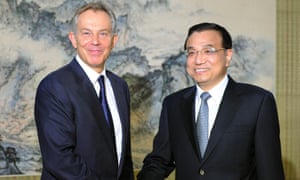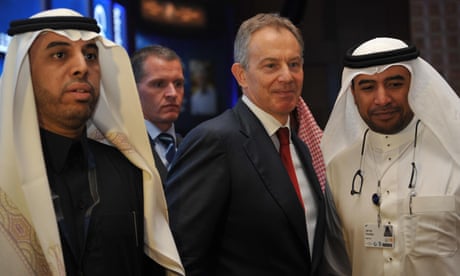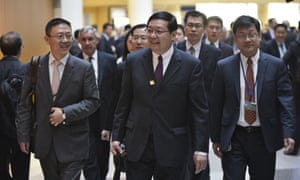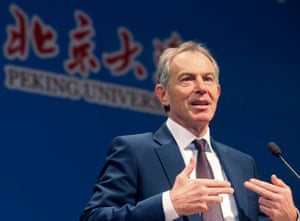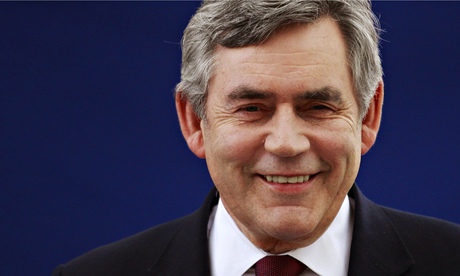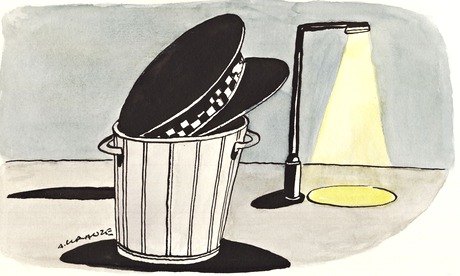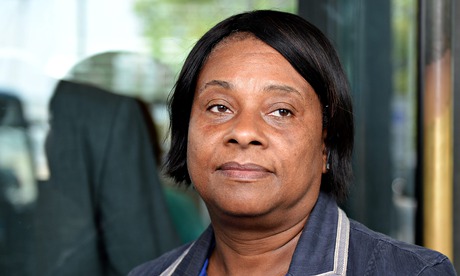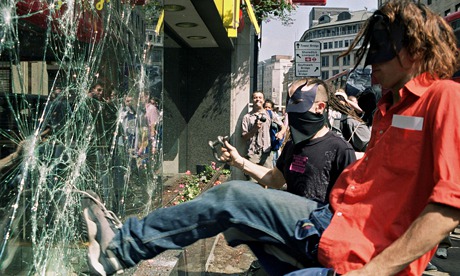Suhrith Parthasarathy in The Hindu
The Board of Control for Cricket in India’s decision last week to appoint a former Supreme Court judge, Justice Markandey Katju, to “interact with the Justice Lodha Committee” and to “advise and guide” the BCCI on its affairs is, at best, an effort at prevarication, and, at worst, a subversion of the Supreme Court’s authority. Exacerbating the tension, following his appointment, Justice Katju, rather indecorously given his stature as a retired judge, on August 6 released what he termed as a “first report,” with “more reports to follow,” in which he declared the Supreme Court’s judgment appointing the Lodha Committee as illegal and unconstitutional.
It is one thing to critique the court’s judgment as an outsider; for instance, it is plausible to argue, even if incorrectly, that the court ought to have exercised greater restraint in interfering with the board’s affairs. But to do as Justice Katju has, to advise a party to openly disregard the Supreme Court’s verdict, presents a dangerous proposition, one that is far more threatening than any act of judicial overreach. What’s more, in any event, given the peculiar facts and circumstances surrounding the BCCI’s structure, Justice Katju’s assertion that the court has exceeded its brief also fails to pass muster. If anything, these developments exemplify precisely why the Supreme Court’s intervention in this case was justified.
Why we play sport
To understand why the Supreme Court thought it fit to appoint the committee presided by the former Chief Justice of India, R.M. Lodha, to inquire into, and to recommend changes, to the BCCI’s organisation, we must confront a few fundamental questions. Too often, amid the chaotic world of modern sport, we tend to lose track of why we play sport, why we watch games, why we revel in them, and why we invest so much of our emotions into seemingly pointless pursuits. We must first ask ourselves, therefore, what the abiding purpose of cricket is. What do we want from it? Is the sport meant for pure entertainment? Can it be commercially exploited by a band of the elite owing no responsibility to the public? Or do we want the sport to represent a higher, more virtuous purpose? If so, how are we to achieve these ends?
To take any sport seriously, and to ask such questions, seems to represent, in some ways, an incongruity in terms. In fact, many commentators considered the adjudication of the dispute concerning the BCCI and allegations of spot-fixing as a waste of the Supreme Court’s precious time. The public, they warned, was according more importance to cricket than it really deserved. But the danger, contrary to such counsel, is not that we are taking sport too seriously. It is that we are not taking sport seriously enough.
As the American academic, Jan Boxill, has argued, sport serves to establish a moral function for society. It is “an unalienated activity which is required for self-development, self-expression, and self-respect”; or, put differently, it is morally important because it is “the art of the people,” one that ought to be included in what Marx termed as the “realm of freedom”. In India, where cricket plays such a pervasive role, the sport would therefore have to necessarily be seen as a primary cultural good, one which, to borrow from another American, the philosopher John Rawls, is critical to the fulfilment of a person’s conception of a good life. In that sense, access to cricket has to be considered as an end in and of itself, and as not in any manner subservient to some other veiled purpose, especially entertainment or business. In his marvellous epic, Beyond a Boundary, C.L.R. James argued that cricket allows us a grasp of a more complete human existence, where social justice is a legitimate aim. To seize ownership of the game we must, therefore, hold cricket’s administrators answerable to standards of public law, a check that would help in bringing about within cricket’s province a more equal distribution of resources.
When it sat in judgment over the various shenanigans of the BCCI and its management of the Indian Premier League (IPL), the Supreme Court recognised some of these values inherent in cricket. For years, ever since its inception, the BCCI had functioned as its own master, as a sovereign whose diktats were decisive and unquestionable. As this dominion began to extend beyond India into a global clout, the inability to hold the board publicly accountable became graver still. Governments came and went, but legislative intervention has never been on the horizon.
A private society?
Until the Supreme Court intervened last year, every time the courts were approached, judges too vacillated, as the board bandied about its customary defence, one that Justice Katju has also invoked in his report: that the board is merely a private society, to which conventional standards of public law are simply inapplicable. Indeed, the BCCI, which was originally formed in 1928 as an unregistered association of persons, is now enrolled as a private body, under the Tamil Nadu Societies Registration Act of 1975. Today, more than 30 members, including public sector undertakings such as the Railways and the Services, subscribe to the board’s Memorandum of Association, which includes, among its objects, the promotion and control of the game of cricket in India, the encouragement of the formation of State and regional cricket associations, and, most significantly, the selection of the Indian national cricket team.
At first blush, the BCCI’s argument might appear to make sense. Traditionally, private societies are responsible only to their members, and it is for these clubs to determine for themselves what best represent the interest of their associates. Therefore, for any of the board’s decisions to stand the law’s scruples, all that is required is the concurrence of its members, which is to be secured through a procedure that the memorandum provides. When people outside the BCCI’s membership enter into independent relationships with the board — such as employment contracts or purchase of TV rights — those relationships would also, according to the board, remain purely in the realm of private law.
Yet, before the Supreme Court intervened last year, the BCCI, emboldened by this status as a supposed private body, consistently diluted the underlying values in cricket, viewing these as somehow inferior to the board’s grand project of commercially exploiting the sport. When, for instance, incidents of conflicts of interest within the board have been questioned, the board’s arguments proceeded on these lines: if the BCCI’s members are satisfied that a person who owned an IPL team could also contest and hold office as the board’s president, the courts, including the Supreme Court, simply lacked the authority to judicially review such decisions.
But in its judgment, delivered on January 22, 2015, which resonated amongst cricket fans around the world, the Supreme Court rebuffed these arguments. Not only did it haul up the BCCI and question the body’s standards of governance but it also explicitly ruled that the board was amenable to public scrutiny. “Such is the passion for this game in this country that cricketers are seen as icons by youngsters, middle aged and the old alike,” wrote Justice T.S. Thakur (now Chief Justice of India) on behalf of the court. “Any organisation or entity that has such pervasive control over the game and its affairs and such powers as can make dreams end up in smoke or come true cannot be said to be undertaking any private activity.”
A clear purpose
Or in other words, what the court was really telling us is this: that cricket is a basic good, the access to which is critical to the fulfilment of a good life. When the court appointed the Lodha Committee, its intention, therefore, was to create a structure through which the sport can be made more accessible and more equal. The committee’s report, which was released on January 4, 2016, seeks to do just this. It recommends, among other things, that each Indian State would only be entitled to a single vote within the BCCI, a mandate that is likely to damage a coterie of power held by Maharashtra and Gujarat that have three associations each. What’s more, it directs the establishment of an apex council of nine members, overseen by a reputable chief executive officer, comprising three independent persons, with two from a newly constituted “players’ association”, and at least one woman, to conduct the day-to-day administration of the sport in the country; the institution of lucid norms within the BCCI’s constitution to regulate conflicts of interest, including the reduction in involvement from politicians; and, most critically, a more reasonable division, if not a complete separation, between the BCCI and the IPL.
The argument today, made in Justice Katju’s report, is that any change to the BCCI’s structure must come either from within or through legislative intervention. But neither of these, as history tells us, is conceivable. In bringing about a change in the board’s structure through the Lodha Committee’s recommendations, the Supreme Court isn’t making law. It is merely making accountable a body that enjoys a virtually state-sanctioned monopoly, which allows it to alter the fundamental nature of a property that it holds in trust for the public. It is astounding that the board would object to these recommendations, for all they do is establish a basic framework for good governance.
In the final analysis, we must ask ourselves this: do we want to see cricket as constituting an end by itself, as a sport that is both ethically and morally significant? If the answer to this question is yes, we must not only cause the BCCI to embrace the Lodha Committee’s recommendations but also push towards an even more revolutionary process of reform; one through which the game can eventually be brought closer to the common Indian public, where the sport’s ownership is reclaimed from those who have tarnished it beyond recognition.
“Did you?” “Huh?” “Did you, you know, do some dumb things while you were playing?” I was sitting across from Lou Vincent, the ex-New Zealand cricketer and ex-team-mate of mine. We were in a curry house, not far from the HAC Ground in London, where we had both just played in a charity Twenty20. It was Aug 30, 2012 and I hadn’t seen Lou for a long time; in a lot of ways, intentionally. I didn’t really want to be seen with him, associated with him or considered a mate of his.
We did, and do have, one thing in common; we both suffer with mental illness. That was the basis for a lot of what we talked about that day.
Lou had been touring in a camper van spreading his story of MI and raising awareness. What he was doing seemed great, but what he had been doing wasn’t.
I knew he had been up to no good. It becomes evident, as a player, that what you see is not always real. That moment you learn that wrestling on TV isn’t real. It is acting. It is hard to believe at first and then, when you have watched a lot, or been around it endlessly, you see it for what it really is. There is no going back.
On a Test tour of Bangladesh, 2008, we, the New Zealand team watched a lot of the Indian Cricket League; the ‘rebel’ T20 competition in its first year. We watched some of the most unbelievable cricket. Unbelievable in a way that we could not believe how obvious what was going on: leaving and or padding up to straight ones, run outs by massive distances in curious circumstances, batsmen playing out maidens, no-balls and wides just too big and too often to be natural mistakes. It looked a shambles.
And this included Lou Vincent. He had walked away from a New Zealand contract to take part in a lucrative league. We knew what was going on.
Without a shadow of doubt Lou was fixing. From our Bangladesh telephone sims (when touring, typically, we buy or are provided with a local sim), players who had Lou’s number would text him with some rather unpleasant messages about what he was doing. He was called a “fixer”, a “cheat” and many more unprintable things.
Lou denied any involvement. I asked him again if he had “fixed”, if he had been a part of it. He straight out rejected my line of questions. I showed him a scorecard from a game I had watched live. I had the scorecard saved as a bookmark on my phone browser so that we could talk specifics. I showed it to him. He put his one run from nine balls, playing out a first-over maiden, to just good bowling. I called that “rubbish”.
Lou is a quality player. For a fix he promised to score, 30 inside three overs. He failed, but a player with that quality does not score one from nine balls. I have not spoken to Lou since.
It happens here, in the UK. More than in just the matches we have read about from Lou’s accounts.
I was commentating on a match at Chelmsford and Danish Kaneria, the Essex and Pakistan leggie, bowled one of the biggest wides I have ever seen. It was the first ball of a spell. In the box we were flabbergasted at how flagrant it was.
In the previous two World Twenty20s I watched a highly respected player swap his bat, make sure that the cameras caught it by taking a long time to complete the act, on three occasions. A wicket fell in the next over, either him or his partner. A coincidence? I don’t think so. A change of bat can be a sign to a bookie that the fix is on.
I have seen others too. The ones outlined by Vincent. I watched the Sussex v Kent game which we now know contained spot-fixing and I sensed something was up.
The issue is, knowing and proving. Should I, as an ex-player and now commentator, be reporting suspect activity to the Anti-Corruption and Security Unit? Maybe I should.
But, I feel it is so rife that they would get overrun by what I see as suspect actions which have become so blatant that it is hard to believe they even care about our game anymore.
Iain O’Brien played 22 Tests for New Zealand and now works as a BBC commentator based in the UK
